Pollinator Garden
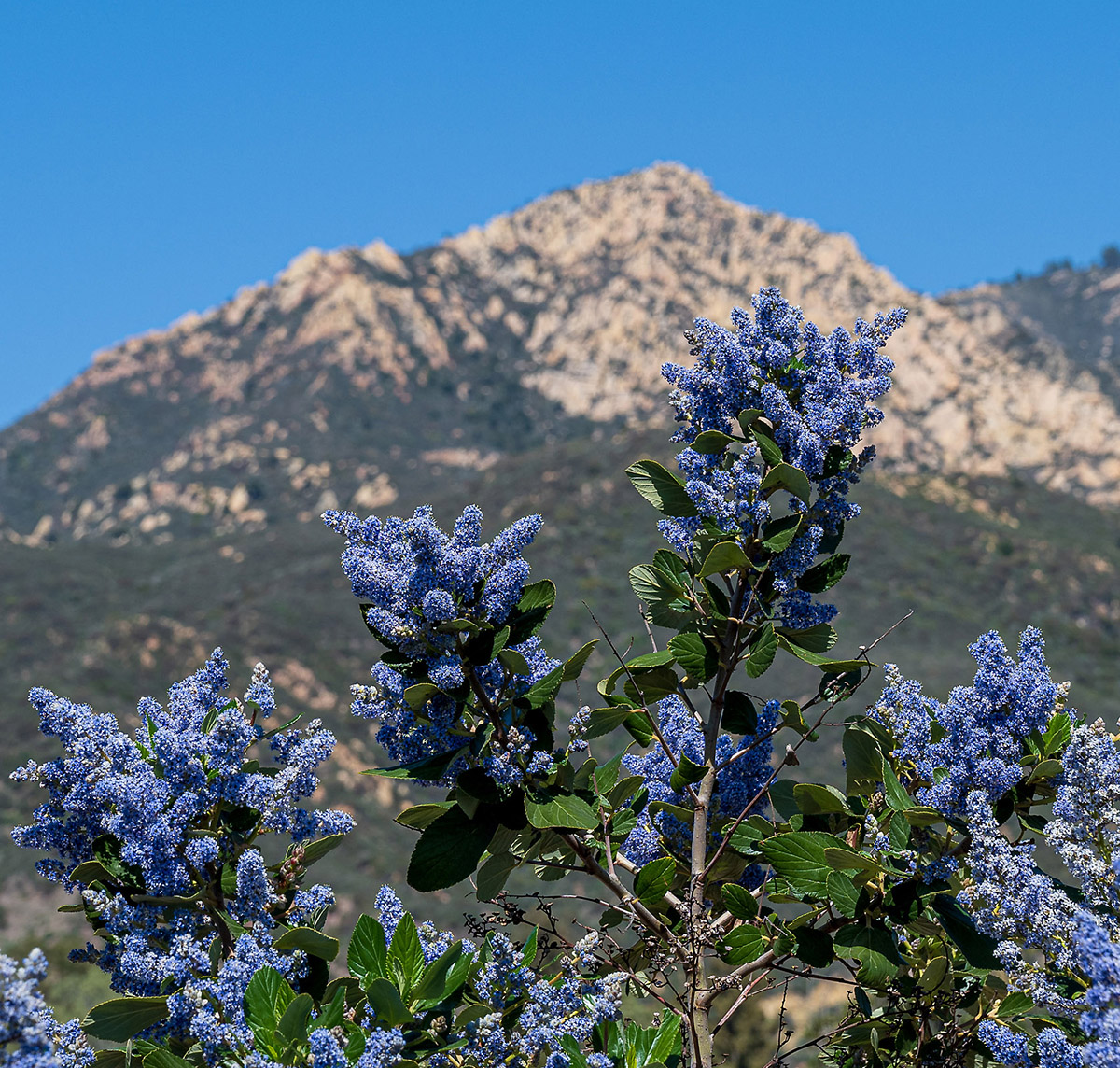
bee friendly
The Birds, the Bees, & All the Pollinators in Between
Pollinators are essential to a healthy ecosystem by helping carry pollen from one flower to another. For gardens to thrive, flowers need to be matched with the right pollinators to reproduce. A successful pollinator garden features a variety of flower shapes, sizes, colors, and bloom times to provide nectar throughout the year. Ensuring diverse plantings will attract an array of pollinators including native bees, flies, hummingbirds, butterflies, beetles, and other insects.

Noteworthy Plants
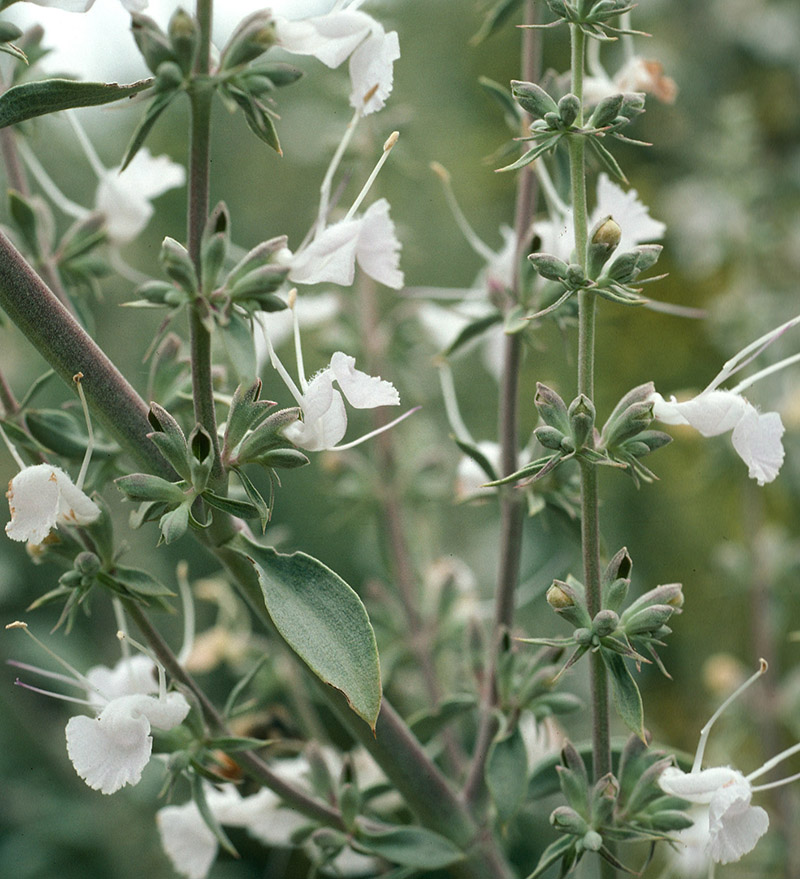
White sage
Salvia apiana
This is a food source for native carpenter bees and many other native bees. Wild populations of this species are threatened by poaching, but it is easy to grow in home gardens.
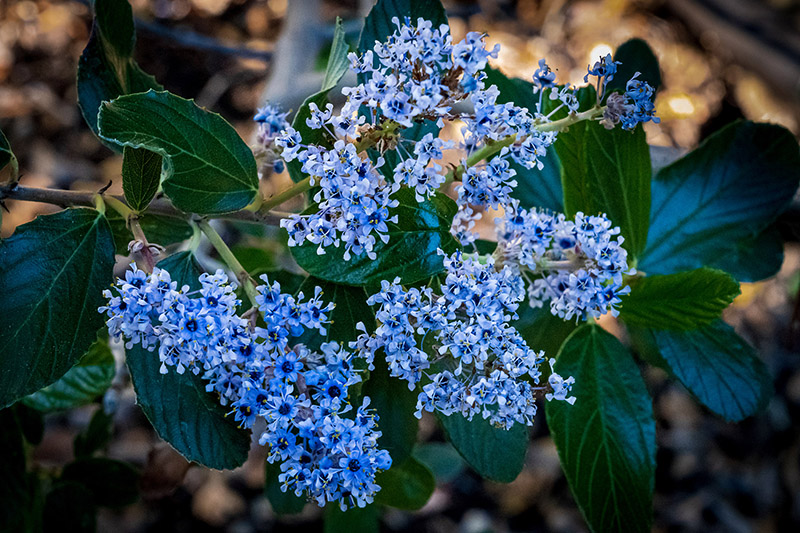
California lilac
Ceanothus sp.
Found throughout chaparral in southern California, fragrant purple or white flowers grow in large clusters in the early spring. Both flowers and foliage provide food for butterflies and their caterpillars, as well as native bees.
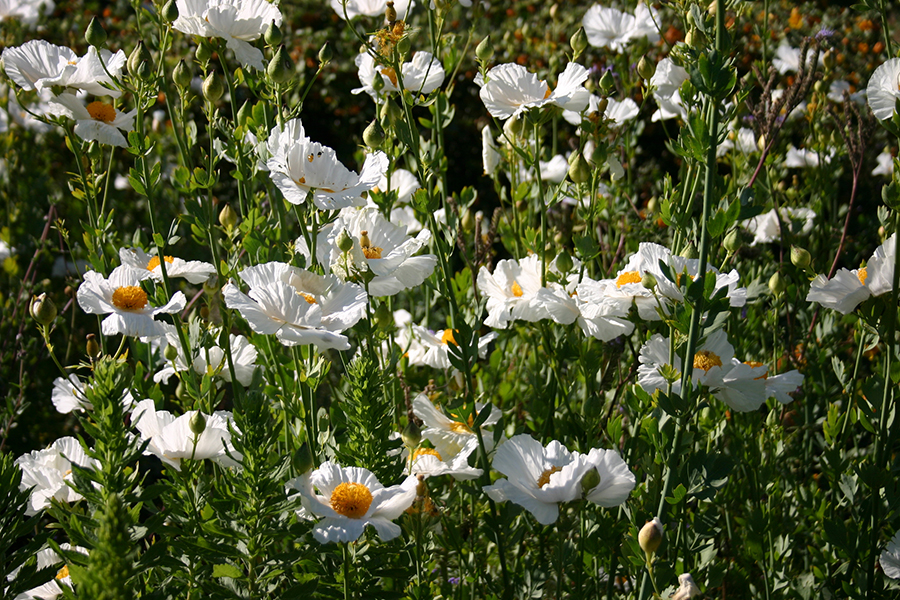
Matilija poppy
Romneya coulteri
One of the largest flowers found in California, these poppies are known as “fire followers” and can often be found in areas recently affected by wildfires.
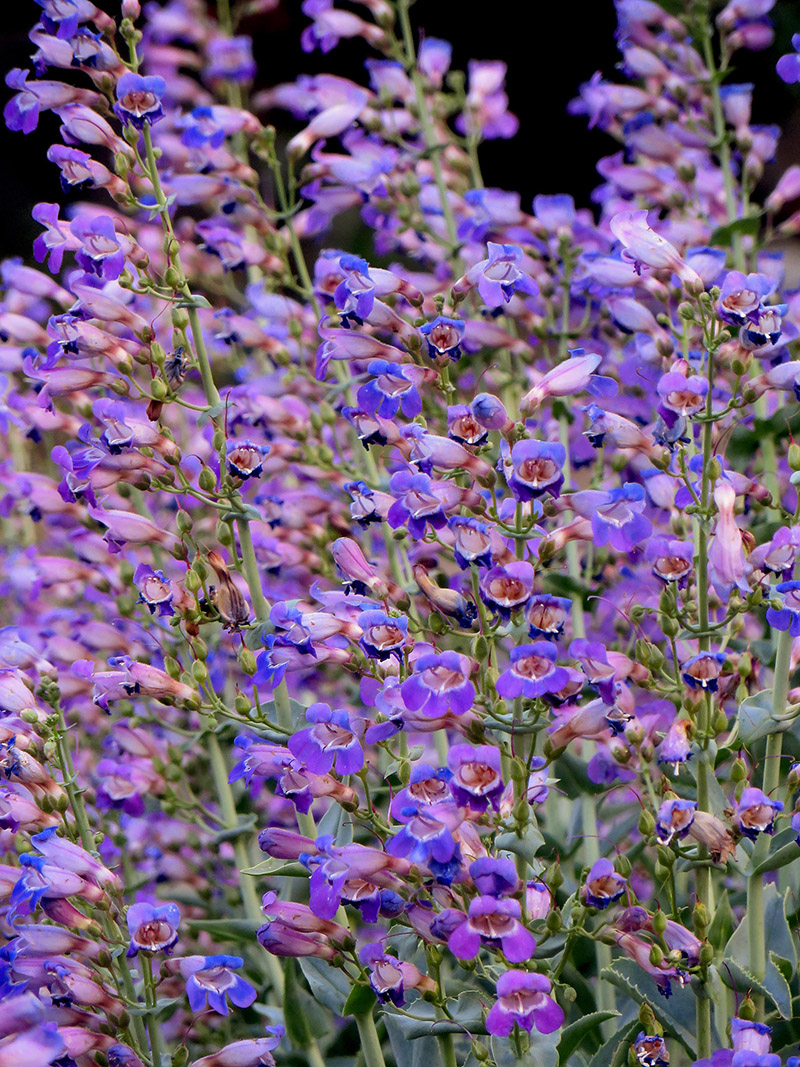
Beardtongue
Penstemon sp.
Some species have prominent and fuzzy reproductive parts, leading to their unusual common name. Some common species, such as scarlet bugler (Penstemon centranthifolius), are hummingbird pollinated while others are visited by large bumblebees.
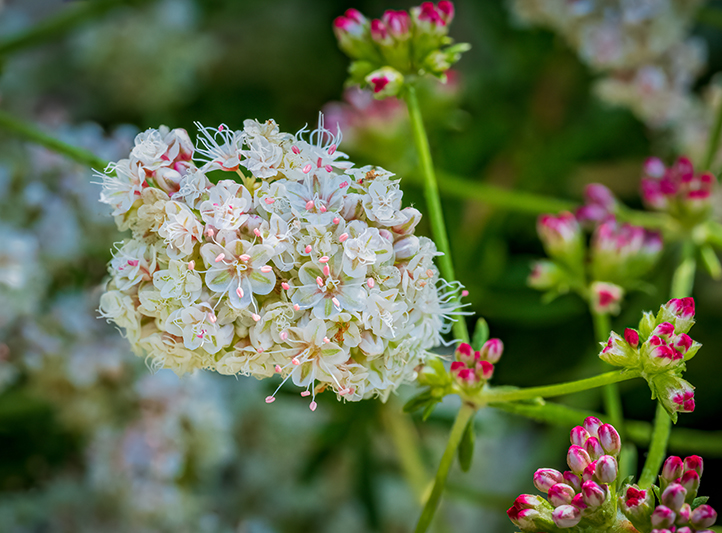
California buckwheat
Eriogonum fasciculatum
This superstar chaparral species provides both nectar for many species of adult butterflies and food for their caterpillar stages. It flowers for long periods in the spring and into late summer.
Seasonality
Supporting All Stages of Life
We often think of pollinators as animals, primarily insects, that visit flowers as adults, but during the early stages of life, many larvae (young) feed exclusively on the leaves of a particular plant. One notable example is monarch butterflies (Danaus plexippus), which require milkweed (Asclepias sp.) leaves as caterpillars.
Santa Barbara Botanic Garden’s Pollinator Section along the Porter Trail features plants whose leaves and blooms are present throughout the year, supporting an array of pollinators at all life stages.
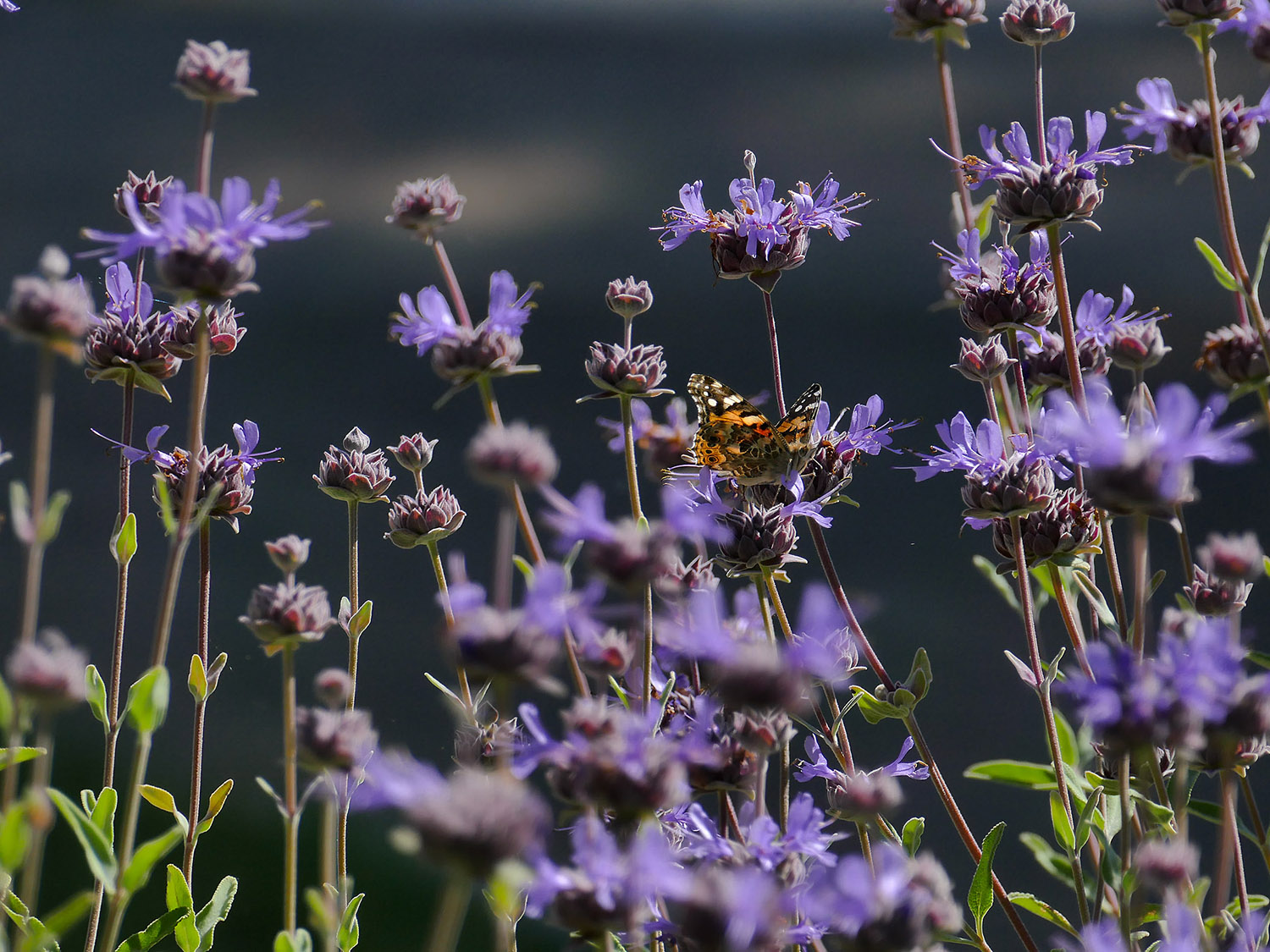
Sages (Salvia spp.) are important nectar plants for many species of butterflies and bees. (Photo: Randy Wright)
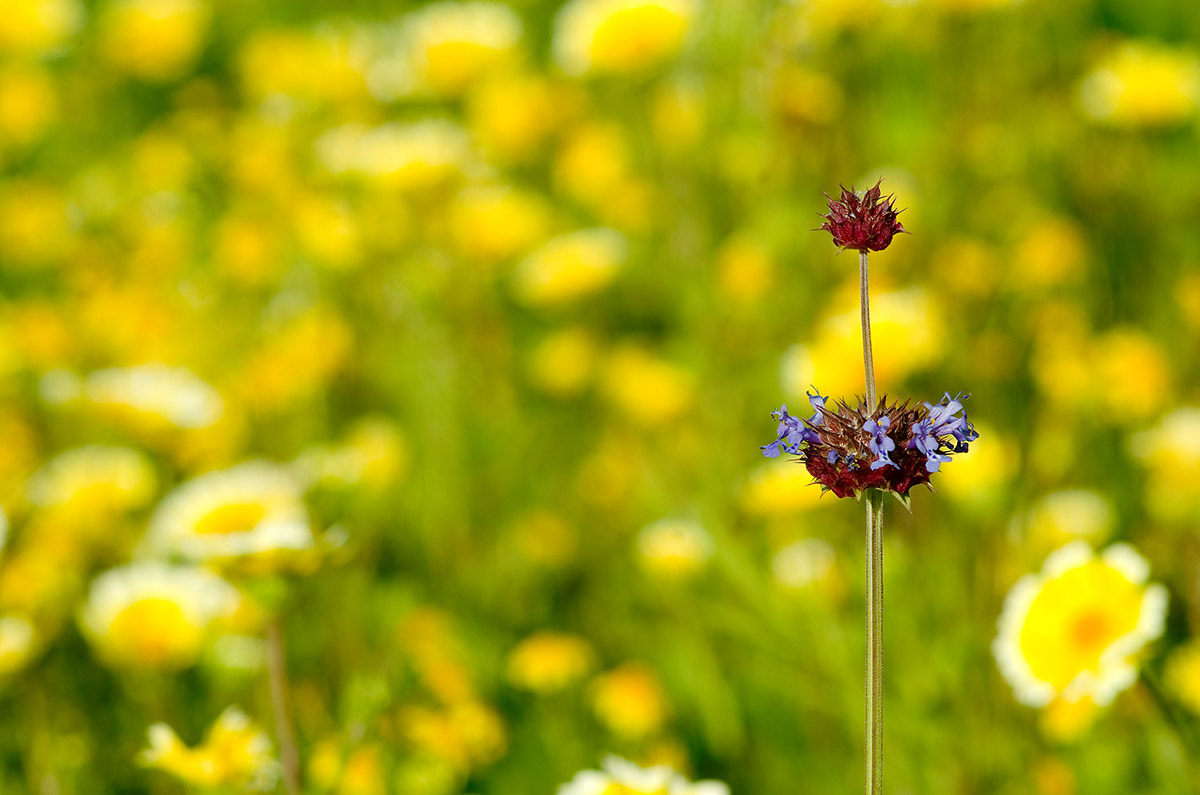
Annual wildflowers like chia (Salvia columbariae) aren’t around for long, but while they are in bloom native pollinators feast! (Photo: Scot Pipkin)
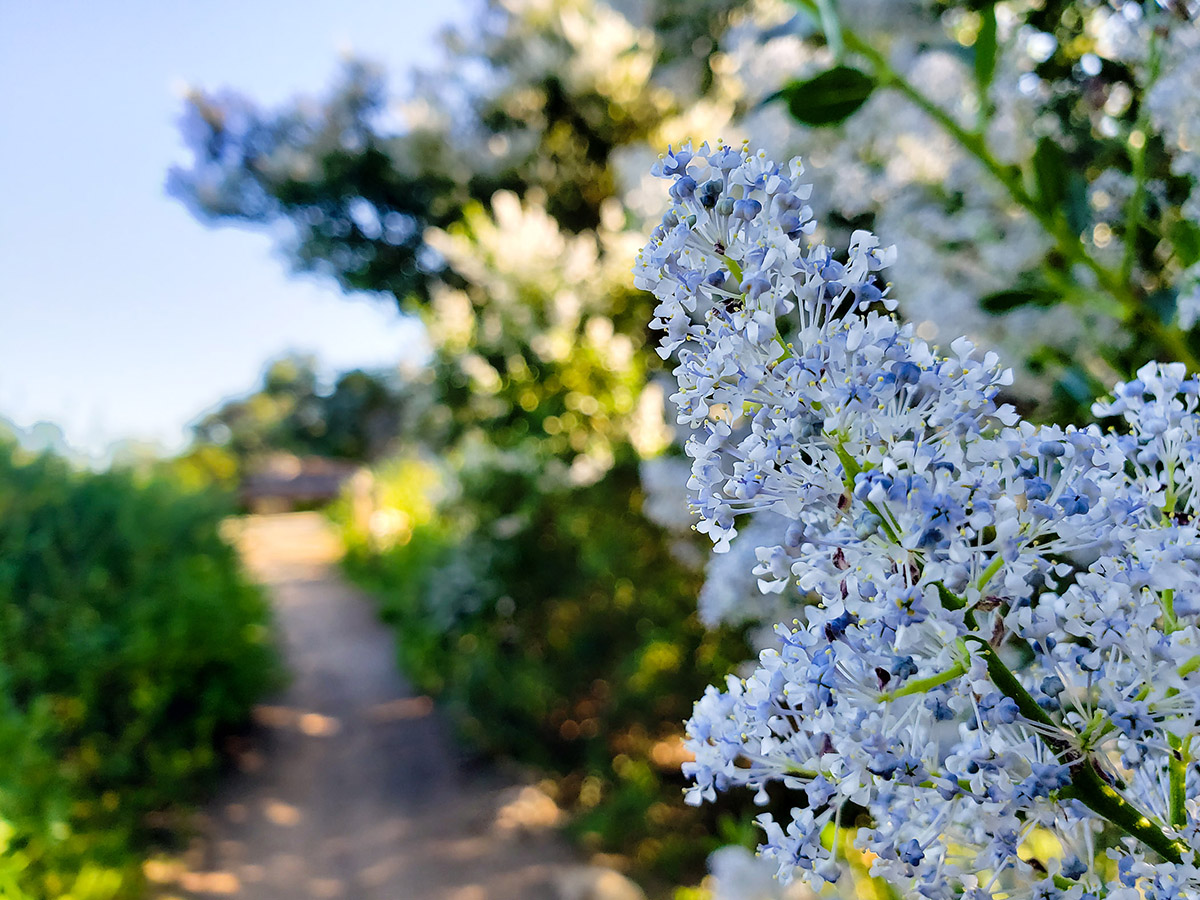
Early flowering plants like California lilacs (Ceanothus spp.) are vital sources of food for insects emerging from hibernation. (Photo: Michelle Cyr)
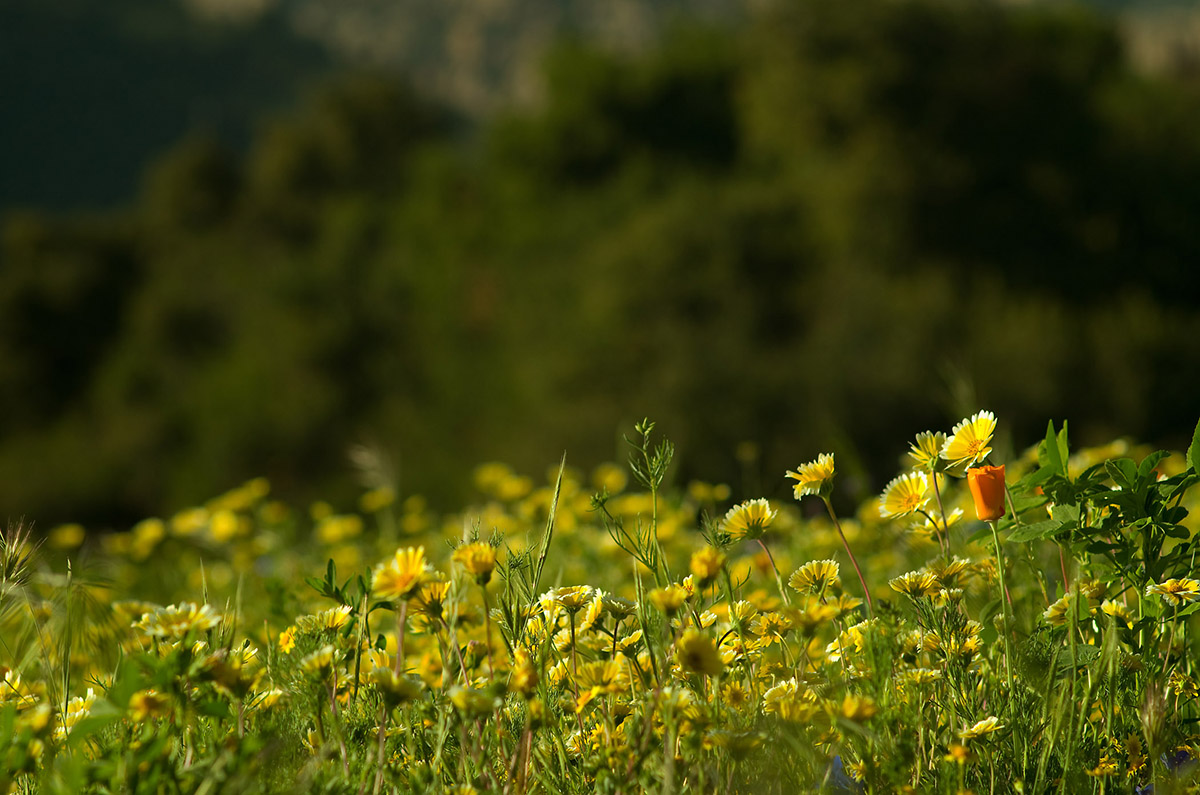
The biodiversity of annual wildflower fields makes them indispensable support for pollinators as both food for larvae and nectar for adult insects. (Photo: Scot Pipkin)
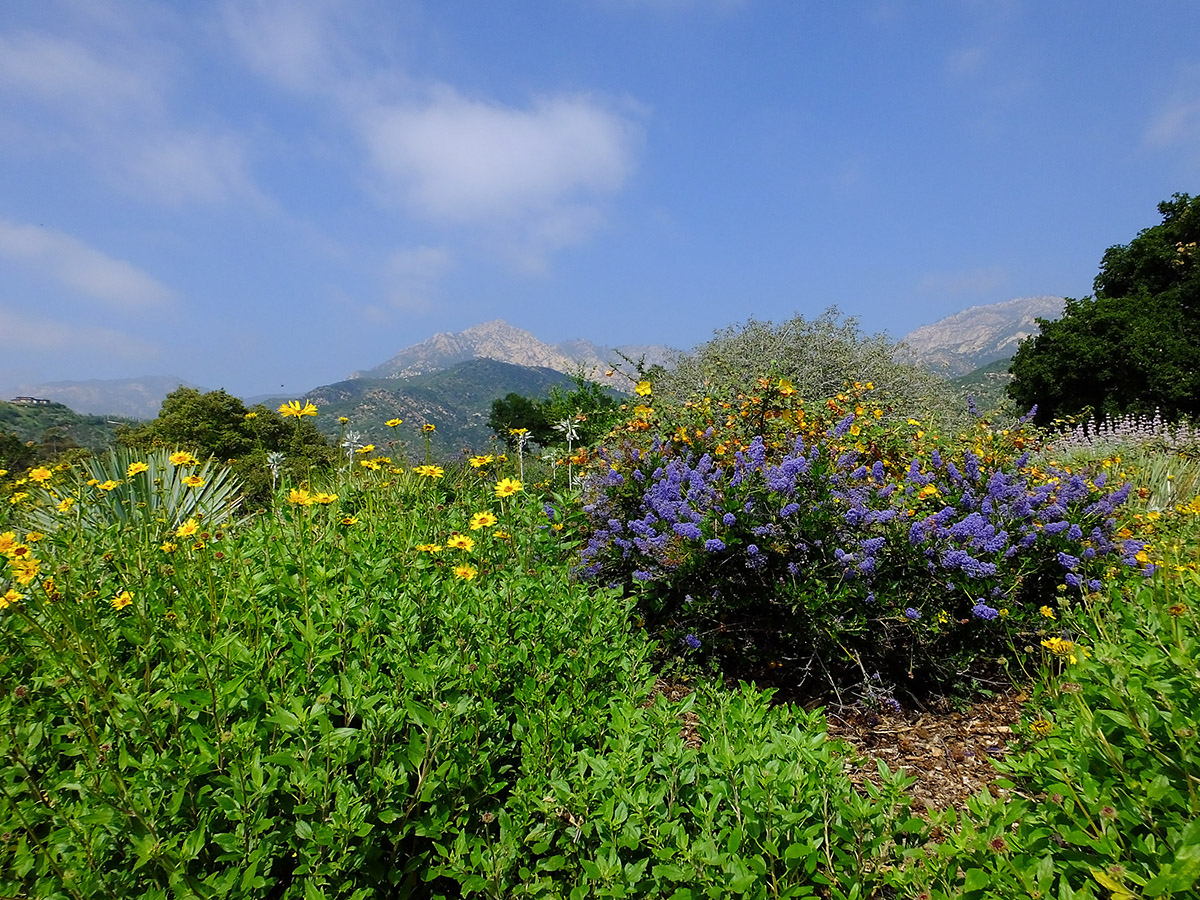
Our Pollinator Garden is a naturalistic setting that attracts lots of wild butterflies, bees, and birds. (Photo: Randy Wright)
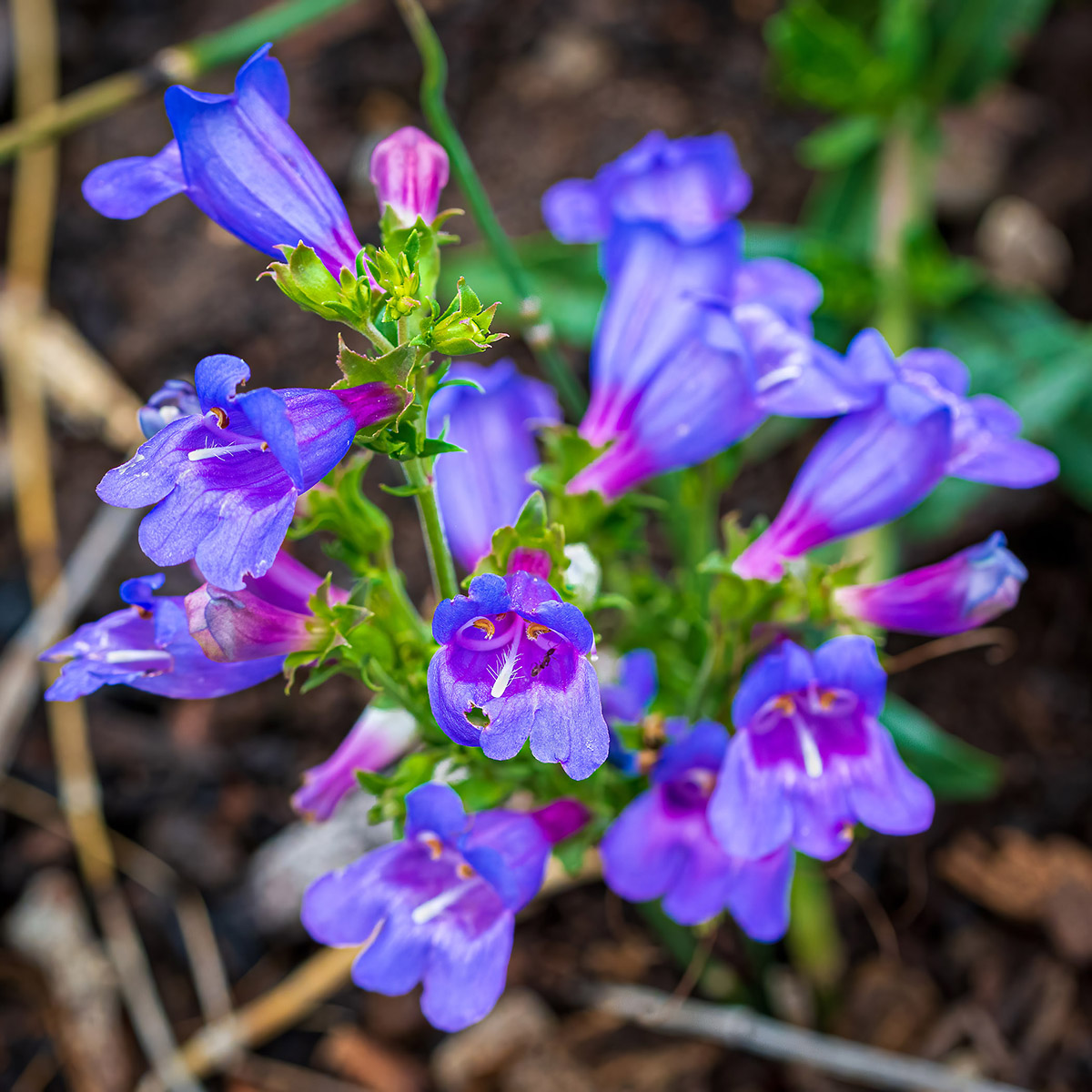
Beardtongue (Penstemon spp.) is a pollinator’s delight! Beardtongues produce an abundance of nectar in the early summer, a time when other plants are beginning to finish flowering. (Photo: Greg Trainor)
 Donate
Donate